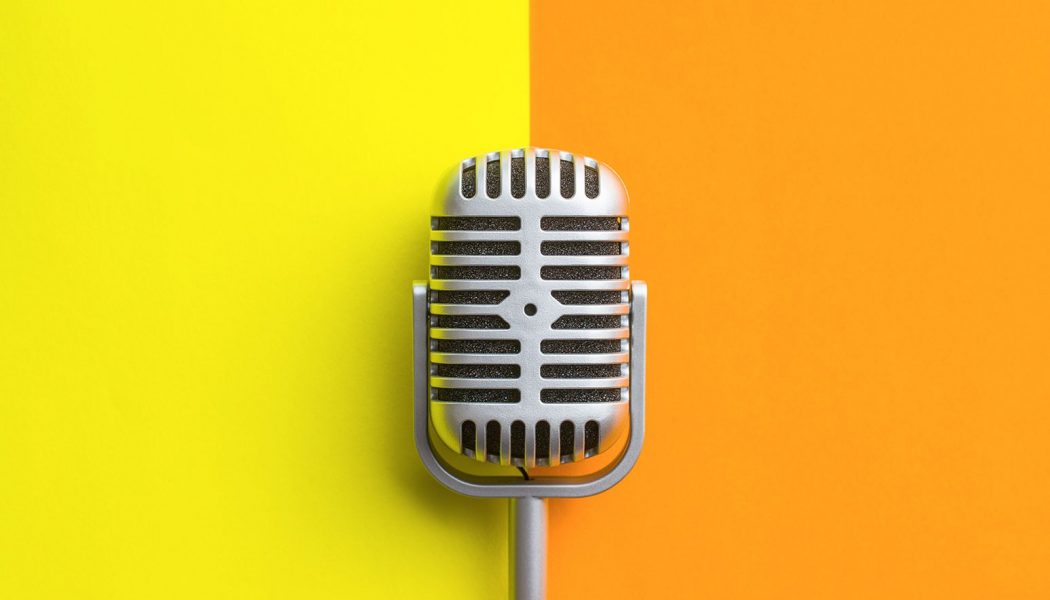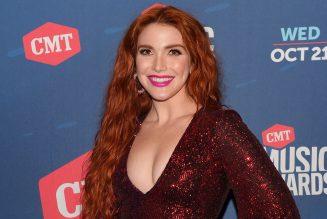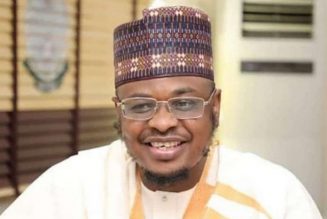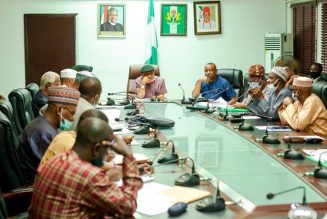
Indeed, it’s likely that most businesses — and maybe even CRS — will continue to use the internet for at least some conferences after offices reopen. Panelists across the summit’s spectrum referenced numerous ways in which the industry should anticipate post-pandemic change.
Artists will continue to sign new recording deals after establishing audiences through online platforms, as did Andrew Jannakos, who contributed to a panel focused specifically on TikTok. In fact, songwriters are likely to receive publishing deals in greater numbers through the platform — and it’s already happening, said TikTok head of music partnerships and content operations Corey Sheridan on the same panel.
Country radio will see some bounce back, though maybe not to its pre-pandemic listening levels. Streaming ballooned by 15% in the eight months after safe-at-home protocols were instituted, said MRC vp/head of research Matthew Yazge during the “Talk Data to Me” panel. And while a return to commuting will likely mean a rise in radio listening, some of those fans who adapted will probably spend less time with the AM/FM dial.
“There will be some people who, having become accustomed to Spotify, Apple Music — whatever service they’re using — some of them are going to opt to stay on their phones when they get in their car,” said Yazge. “They’re going to connect to Bluetooth instead of turning on the radio.”
Fans will also be more likely to attend concerts at home instead of going to the venue.
“People who watched livestreams online, it makes them feel connected to something larger than themselves,” said Allocca during a conversation from the orange couch in his home. “More than half of people say that watching something online is just as good as being there in person.”
Adapting, as always, will be key to thriving in whatever the new normal is, and for country radio stations, that will necessarily include finding the best way to fit within consumers’ new behaviors. That means actively engaging in whatever platform listeners are using — including, of course, terrestrial radio — but also understanding their quirks and preferences in other venues. Some 78% of country fans still listen to the radio, but 59% of the genre’s audience actively streams, said Yazge during the “Talk Data to Me” panel. That means a good chunk of the station’s listeners are hearing artists and titles in other environments that the radio station may not have programmed. And that complicates decisions about what songs to add, when to add them and how quickly to goose their rotations.
“There’s a large overlap, and as country streaming continues to grow, PDs and MDs need to follow their audience’s various media behaviors,” noted Stone Door Media Lab founder Jeff Green, who moderated the “Talk Data to Me” panel, in the chat room. “It’s a fallacy that consumers who stream aren’t listening to your station.”
The summit itself is a model of adaptation. After last year’s CRS, held in-person at the Omni Nashville Hotel just weeks before COVID-19 reached its inflection point, the agenda committee recognized that digital consumption had risen to a degree that it should receive a special focus. Universal Music Group Nashville vp marketing, digital accounts Annie Ortmeier oversaw the topic’s development, and it was expanded from a three-hour morning window into a full day after the pandemic response increased its urgency.
The summit was intended to help programmers better understand the competition but also better navigate the facts and figures they’re bombarded with by labels and artist managers.
“Most radio people don’t have the ability to have access to data through an Amazon for Artists or Spotify for Artists,” Ortmeier told Billboard. “But there’s a good chance that there are radio promo folks sending data to radio teams referencing some of these data points. So we really wanted to pull that curtain back and say, ‘Hey, it’s not some scary made-up thing.'”
It was, however, a lot of terminology. Streaming firms have all established their own in-house programs and metrics, and while most attendees had probably heard all of the lingo in various settings, the flood of jargon — thumb rates, tag growth, fundraising picks, green room content, merch end screens, thumbnails, Superchat and the Daily Voice Index — probably overwhelmed more than a few viewers. Particularly if they had other open screens in their work space or fielded interruptions from children and partners.
While there was no bumping into a former colleague in the hotel hallway or nabbing a cocktail with a label-supplied drink ticket, some of the usual CRS add-ons were in evidence online. Mickey Guyton sang the national anthem, Rascal Flatts received a lifetime achievement award,
Country Music Association CEO Sarah Trahern accepted the president’s award, and an end-of-day Country Heat showcase featured Tim McGraw, Priscilla Block and Track45, among others.
CRS offered plenty of information on its opening day and will surely throw even more at programmers before it concludes Feb. 19. But that also represents a reality that’s likely to be even more extreme as programmers discover their new normal in the not-too-distant future as their attentions are spread ever wider.
“I think we’re stewards of our community,” said MRC Data director of radio Haley Jones during the “Talk Data to Me” panel. “We should be a mirror a little bit of what’s happening in pop culture. [It’s] important to get a hold of every radio data point you can.”
This article first appeared in the weekly Billboard Country Update newsletter. Click here to subscribe for free.










